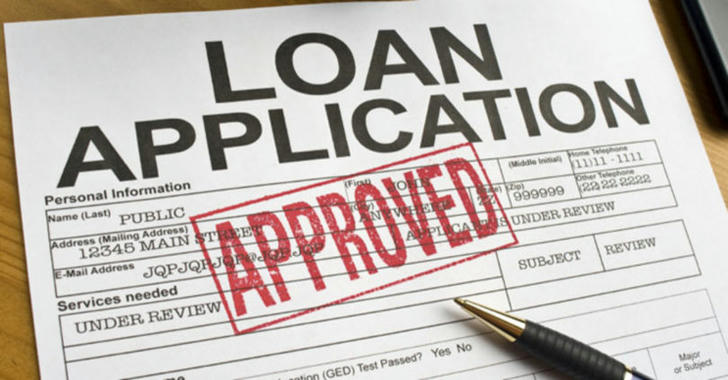Understanding Loans in Canada: Types, Challenges, and How to Succeed with Bad Credit
Canada’s financial system is robust, well-regulated, and accessible—but that doesn’t mean everyone has easy access to loans. Many Canadians, especially those with bad credit histories, high debt, or who have been denied loans in the past, often face obstacles when trying to get financing. However, options are available.

This article takes a closer look at the main types of loans in Canada, reasons why your loan application might be rejected, and practical strategies for getting approved—even with bad credit or a history of financial hardship.
🔸 Types of Loans Available in Canada
Understanding the types of loans available is the first step in choosing the right financial product for your needs.
- Personal Loans
Personal loans are unsecured loans (no collateral required) that can be used for any purpose—such as debt consolidation, home improvement, or emergency expenses. Loan amounts typically range from $1,000 to $50,000, with repayment terms from 1 to 7 years.
Interest Rates: Vary from 6% to 47% based on credit score and lender
Best for: People with good credit and steady income
- Secured Loans
These loans require an asset as collateral, such as a vehicle or home equity. Because the lender has a guarantee, interest rates are often lower.
Common Examples: Home equity loans, car title loans
Risk: If you default, the lender can seize the collateral
Best for: People with valuable assets but poor credit
- Mortgages
A mortgage is a long-term loan used to purchase real estate. Mortgage types in Canada include:
Fixed-Rate Mortgages (rate stays the same)
Variable-Rate Mortgages (rate fluctuates with the market)
High-Ratio Mortgages (less than 20% down payment, requiring mortgage insurance)
To qualify, most banks require:
Stable employment
Good credit history
Debt service ratio below 40%
- Payday Loans
These are short-term, high-interest loans usually under $1,500, repaid on your next payday.
APR equivalent can exceed 400%
Very risky and often lead to debt cycles
Best avoided, but may be used in emergency situations with no other options
🔸 Why People Get Rejected for Loans in Canada
Before looking at how to get approved with bad credit, it’s important to understand why lenders say no.
❌ Poor Credit Score
Canada uses credit bureaus like Equifax and TransUnion to track creditworthiness. A score below 600 is considered poor.
Reasons for poor credit include:
Missed payments/Collections or bankruptcy/High credit card utilization
❌ High Debt-to-Income Ratio (DTI)
If your monthly debt payments exceed 40%–50% of your income, lenders may see you as too risky.
❌ Unstable Income
Freelancers, gig workers, or self-employed individuals often struggle to prove income consistency.
❌ Previous Loan Defaults or Bankruptcies
A history of default or a recent bankruptcy can severely limit access to mainstream financial institutions.
🔸 How to Get a Loan in Canada with Bad Credit or Past Rejections
If you've been denied a loan—or fear you will be—there are still ways to secure financing in Canada. Here's how:
✅ 1. Improve Your Credit Report First
Before applying again:
Check your report for errors through Equifax/TransUnion
✅ 2. Use a Secured Loan or Credit Card
Apply for a secured credit card (you provide a deposit)
Take a secured personal loan using a car or savings account
These tools rebuild your score if used responsibly, and are easier to obtain with bad credit.
✅ 3. Try a Co-signer
Having someone with good credit and stable income co-sign your loan increases approval chances. But your co-signer is equally responsible if you default.
✅ 4. Explore Alternative Lenders
Beyond banks and credit unions, Canada has a wide array of non-traditional lenders, including:
Fairstone、EasyFinancial、Mogo、LendDirect、Refresh Financial
These institutions usually specialize in bad credit loans. Interest rates may be higher, but approval is almost guaranteed.
✅ 5. Peer-to-Peer Lending Platforms
Sites like LendingMate or goPeer match borrowers with individual investors. These lenders may consider other factors beyond credit score.
✅ 6. Consolidate Existing Debt
If you’re drowning in multiple high-interest loans or credit cards:
Consider a debt consolidation loan at a lower interest rate
You’ll simplify payments and reduce total interest
Even with bad credit, some lenders offer consolidation options with a co-signer or collateral.
✅ 7. Apply for Smaller Loan Amounts
Start with $1,000–$3,000. Proving you can repay a smaller loan builds trust and opens doors to bigger loans later.
🔹Conclusion: There is hope after rejection
Although it may be difficult to get a loan in Canada with bad credit or high debt, it is not impossible. The above introduces many ways and channels for loans after rejection. Whether you want to consolidate debt, fund an emergency, or make a new beginning, smart planning and wise decisions can make you successful, even after being rejected.
